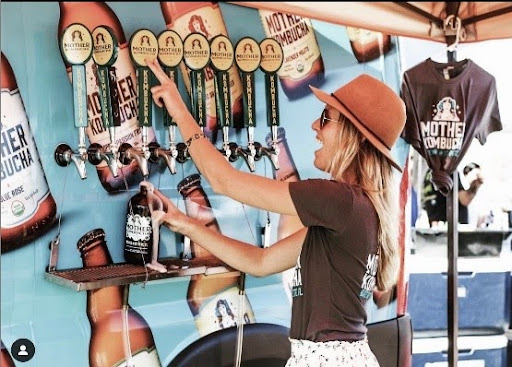Three Ways to Optimize Sampling – Your Secret Weapon
The goal of sampling is not just a trial. It’s about extending household reach strategically so you can efficiently create fans in tight geographies that are easy to service. In the world of premium CPG, this is done most efficiently (i.e., at low absolute costs) through sampling. The challenge is to do sampling right, in a way that generates consumer trials from the optimal households, not just from any warm body passing by a demo table at Kroger.
So, how do you get this right?
- You need to think like a social scientist first. What niche lifestyle groups do my early fans participate in? Where can I locate their existing activities/events? How can I sample within those events? Or in culturally similar events in which they also participate? To what other events might my products’ outcomes be incredibly relevant? Don’t think Coachella. Think smaller. Tighter. Where exuberant word-of-mouth might spread inside the event.
- You need to staff the sampling table with your fans. This hopefully includes anyone on your team, but also think about hiring your heavy-using fans part-time with free cases, swag, etc. This insider trick costs a minimum and usually delivers more authentic interactions than the paid shill brand ambassador who might forget which brand she’s pumping today.
- Go broadly and generously, my friend. One of the best ways to sample has nothing to do with events or store demos. It has to do with authentically knocking on the doors of authentic leaders within high-value social networks and simply offering free samples. Then wait for them to come back organically. And then utilize their networks to sample even further. This is called snowball sampling. Yoga teachers. Crossfit gym owners. And it works as long as you can stand massive amounts of rejection AND you don’t try to sell. Cringe. If your product is impressive and you pick the right lifestyle niches, you should garner much less rejection.
- Sample AND Sell. There’s a way to do this. And it starts by offering free samples first and then letting them buy from your table/booth. The sequence matters because the sample function is a gift from a stranger, which is a major human trust-booster across most societies. Just don’t use this approach if you’re trying to get a micro-influencer on board (for free) to promote your brand (for free). See #3.
Sampling is about giving the consumer access to your sensory experience for free, so they can determine if this is something they’d like to have regularly…habitually. In food and beverage, this is a massive accelerant to the initial trial. You can even do it by mail with curated networks, like my friends at Sampler. Just understand that these agencies are going to charge you $4-6 per customer. If you want consumer insights, the best agencies bundle this in, and it becomes worth losing money on the samples. If you have a high conversion rate to repeat purchases, though, you may make a profit off these paid sampling campaigns.
Sampling can be done expensively and scrappily. So, be careful. And sample happy!
